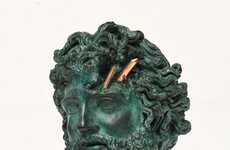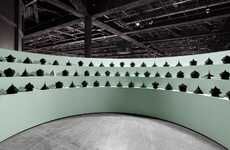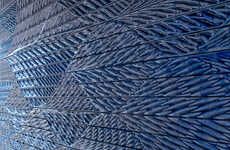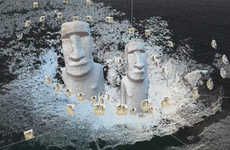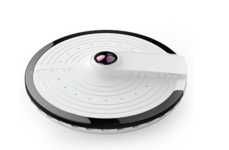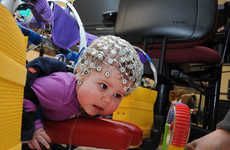
The Original 'Zeus at Olympia' was Destroyed 1,500 Years Ago
References: thegatemuseum.org & cnet
Historians and 3D printing specialists have come together to recreate 'Zeus at Olympia' in honor of the 2016 Rio Olympics. The trick is that, as opposed to other restoration projects that use 3D printing to recover missing pieces of a partly extant statue or structure, the original Zeus at Olympia statue was completely destroyed 1,500 years ago.
In recreating the colossus, historians had to gather as much information about it and about classical sculpting techniques and styles as possible. Through research into travelers' descriptions of the statue and by examining depictions on ancient coins, the historians discovered that the original statue stood nearly 50 feet tall and was made of wood, ivory, and gold, and it sat upon a cedar throne with ebony, ivory, gold and gem decorations.
The 3D-printed statue is far smaller, at about 6 feet tall, however it shows the power of 3D printing to recreate bygone relics of the past.
In recreating the colossus, historians had to gather as much information about it and about classical sculpting techniques and styles as possible. Through research into travelers' descriptions of the statue and by examining depictions on ancient coins, the historians discovered that the original statue stood nearly 50 feet tall and was made of wood, ivory, and gold, and it sat upon a cedar throne with ebony, ivory, gold and gem decorations.
The 3D-printed statue is far smaller, at about 6 feet tall, however it shows the power of 3D printing to recreate bygone relics of the past.
Trend Themes
1. 3D Printing in Historical Restoration - The use of 3D printing technology to recreate historical artifacts that were completely destroyed opens up opportunities for historical preservation and restoration.
2. Research and Development in Classical Sculpting Techniques and Styles - The effort to recreate destroyed statues requires intensive research into classical sculpting techniques and styles that can be translated into modern 3D printing technology, creating opportunities for innovation in the field.
3. Digital Archiving of Historical Artifacts - The use of digital scanning and 3D printing to recreate destroyed artifacts also offers the opportunity to create digital archives of these historical artifacts, opening up new avenues for historical research and education.
Industry Implications
1. Museums and Art Institutions - The ability to recreate destroyed historical artifacts using 3D printing technology presents new preservation and restoration opportunities for museums and art institutions.
2. Historical Research and Education - The creation of digital archives of historical artifacts using 3D printing technology creates new opportunities for research and education in history and archaeology.
3. 3D Printing and Scanning Industry - The need for high-quality scanning and 3D printing technology to recreate historical artifacts presents opportunities for innovation and development in the 3D printing and scanning industry.
6
Score
Popularity
Activity
Freshness


